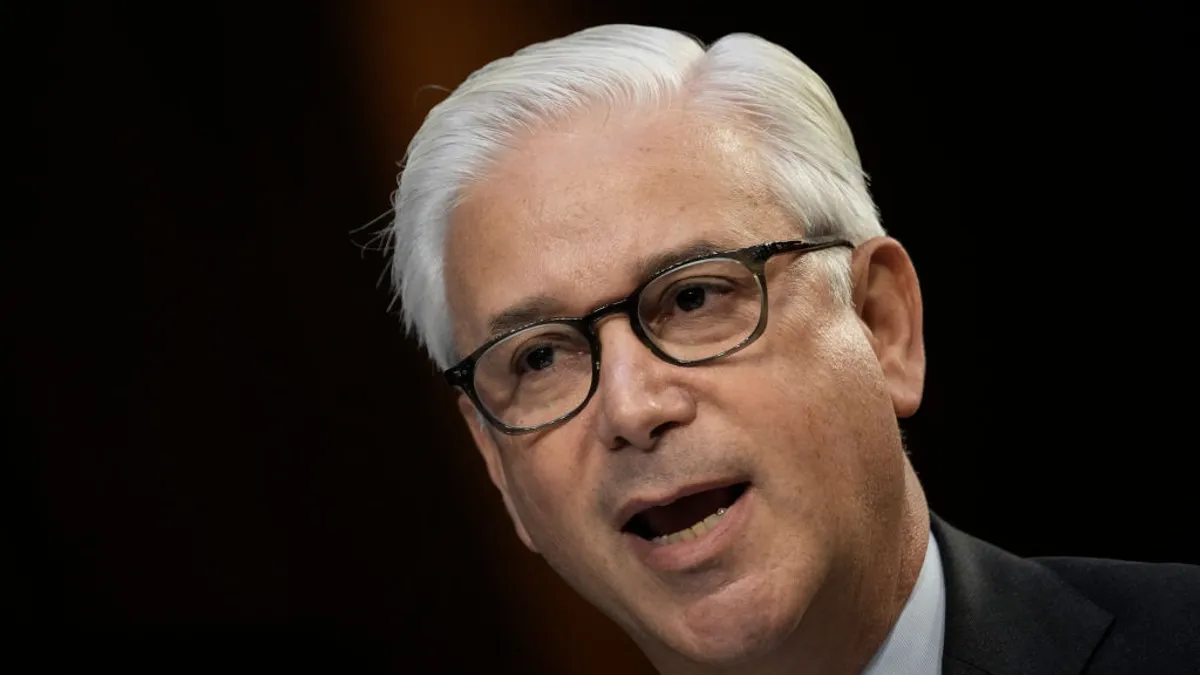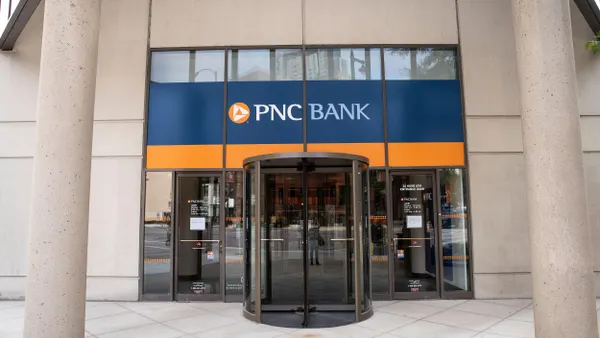Long before COVID-19 disrupted the global economy and our collective daily lives, the financial services industry recognized the critical importance of building customer trust, engagement and satisfaction. For example, Accenture's 2018 North America Banking Operations Survey found that nearly three-quarters of bank operations leaders put customer experience at the top of their list of strategic priorities.
A wealth of data and research underscores the long-term financial benefits banks can reap by embracing a customer-centric strategy. Researchers from the University of Michigan and Michigan State University, for instance, studied 15 years of audited financial returns from public companies and found that a portfolio made up of businesses with high customer-satisfaction scores outperformed the S&P 500 by 487 percentage points. Another study, which appeared in the Harvard Business Review a few years ago, found that a 5% increase in customer retention increased profits between 25% and 95%.
Why COVID-19 has put a premium on customer trust
COVID-19 has undoubtedly reinforced the fundamental importance of customer engagement and trust. But it has also highlighted that digital-transformation initiatives haven't yet fully equipped banks and their employees to meet customer expectations in a way that builds long-term trust.
"Customer experience has been at the forefront of banks' digital-transformation efforts for a long time, but it has traditionally been more about driving net promoter scores and staying competitive with fintech companies that are agile and fast," said Laurén Robbins, General Manager for the Financial Services vertical at ServiceNow. "With COVID-19, customer trust has taken on a whole new meaning and importance. It's about the ability of the bank to be there for an individual or small-business customer in need. It's trusting that the bank can quickly process a PPP [Paycheck Protection Program] loan or quickly get answers for someone who can't pay their mortgage. The stakes today are so much higher."
The banks that help individuals and businesses navigate the financial stresses brought on by the pandemic have the opportunity to position themselves as an indispensable long-term partner. But to actually achieve that, banks need to extend their digital-transformation initiatives beyond the engagement layer to include the operations that actually make it possible to deliver the experiences that build lasting trust and loyalty.
"The first wave of digital transformation empowered the engagement layer, but that's no longer enough," Robbins said. "It's great to be personalized and have a true understanding of the customer, but if you can't quickly get answers about the status of loans or payments, that is just not a customer experience that builds trust. And that has everything to do with the manual processes and fragmentation that is causing banks to not have the transparency, agility or efficiency to deliver on these things."
End-to-end innovation empowers employees and improves efficiency
The most obvious manifestation of a lack of end-to-end innovation is when bank employees spend an inordinate amount of time making phone calls, sending emails, and searching for answers in spreadsheets and homegrown systems to find answers to straightforward customer queries. When it takes 20 minutes to track down accurate information about the status of a payment, loan or credit card application, stressed-out customers inevitably get frustrated.
But so, too, do bank employees, who would much prefer to use that time to focus on a customer's situation and needs and deliver an engaging and valuable experience. "When data is visible and accessible, employees are less focused on scrambling and searching for answers across systems and navigating fragmentation and are more focused on actually delivering that answer in an empathetic way to customers who are, in many cases, struggling," Robbins said.
In addition, the productivity losses due to fragmented and disconnected middle and back office bank operation systems are enormous once you multiply all those 20-minute blocks spent searching for accurate information by millions of transactions. At a time when banks are contending with historically low interest rates, thin margins and pressure to reduce costs, the need to simultaneously improve efficiency while elevating customer trust couldn't be more important.
Which is why it's so critical for banks to enhance the end-to-end operations and systems that make great customer experiences possible. "Behind every great experience is a great workflow," Robbins said. "When you have processes that are digitized and connected across front, middle and back offices, the productivity benefits are immense." A 2019 report from Accenture underscores the importance of an end-to-end approach to customer experience. The authors emphasize the need to focus digital transformation on simplifying the full spectrum of operations that go into meeting customer expectations. The report also notes that "nearly 80% of bank operations leaders say their organization's existence could be threatened if they don't update technology to be more flexible and capable of supporting rapid innovation."
There's little doubt that banks and other financial services companies will continue to invest heavily in digital tools. Research firm IDC forecast that spending on digital transformation across all industries between 2020 and 2023 would near $7.4 trillion. But the full potential of digital transformation can only truly be reached when it expands from important priorities such as fraud detection and predictive analytics to also include customer experience. A recent IDC survey about IT spending in response to COVID-19 found that task and process automation was a top priority, with cloud software ranked fourth. Additionally, a McKinsey analysis found that truly connected operations in the banking industry had the potential to generate $30 billion or more in new value, including a profit increase of 40%.
"The industry is still needing to play catch-up with consumer-grade experiences offered elsewhere," Robbins said. "This crisis has been unfortunate for many reasons, but it has also been a wake-up call about what is needed to move toward the bank of the future."










